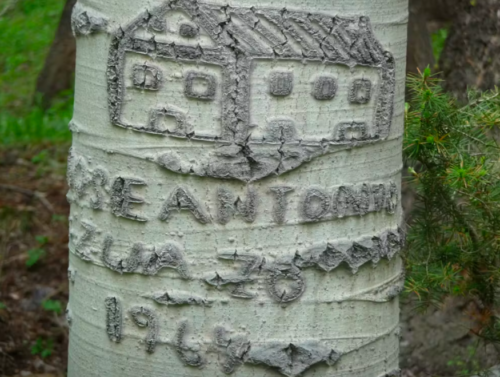
John Bieter, a professor in history, Cheryl Oestreicher, a professor and head of special collections and archives, along with Iñaki Arrieta Baro with the University of Nevada, Reno presented “Land Transformation in the American West: Sheep, Herders and Tree Carvings” at the quadrennial joint conference of the Society for Social Studies Sciences and the European Association for the Study of Science and Technology.
As part of an international panel titled “Thinking with Sheep to Understand Landscape Transformations,” the group presented how transhumance sheepherding in the Western U.S. is a story about global migration. As the sheep traveled, the sheepherders left their marks on the trails, tree carvings called arborglyphs, creating a historical record carved onto the landscape. Along these paths is a traceable history of sheep’s grazing patterns and the herders who guided them. What can also be traced is the global aspect of immigration. From these paths, one can see a landscape with records of farming, home, politics and love. Without having to tend sheep, arborglyphs wouldn’t exist, and this landscape museum would not continue to be created.
The presentation is part of the ongoing work of the Arborglyphs Collaborative that includes Boise State, the University of Nevada, Reno and California State University Bakersfield.